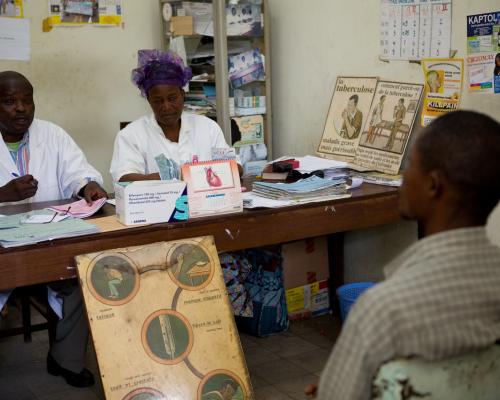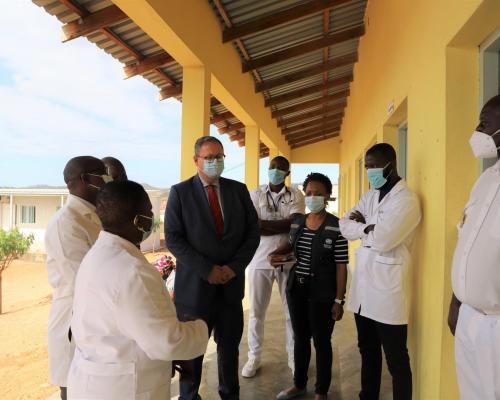The unavailability of timely, safe blood transfusions has led to many otherwise avoidable deaths. A consistent supply of blood is a cornerstone of any health-care system, but this relies on regular donations and effective health-care infrastructure.
Huge gaps exist between low, middle- and high-income countries regarding blood donation. Currently, African countries collect only 5.2 units of blood for every 1,000 people, below the ten donations or more per 1,000 people recommended by WHO and far from the 31.5 donations in high-income countries, 16.4 donations in upper-middle-income countries and 6.6 donations in lower-middle-income countries.
In addition, only 18 out of 47 countries had reached the regional target of at least 80% of blood supply from Volunteer Non-Remunerated Blood Donors. Yet, the demand for blood remains constant, while the supply often falls short.
Compounding insufficient collection rates is the inability of many health-care systems to adequately screen 100 % of transfused blood units for the mandatory TTIs as recommended: in 2022 the average percentage of blood units collected, screened before transfusion was 99.9% for HIV and HBV, 97.3% for HCV and 97.1% for syphilis while only 62.2% of the countries participated in an external quality assessment scheme for TTIs.
Inadequate testing contributes to the spread of transfusion-transmissible infections, which can compromise the patient’s wellbeing and further strain health-care systems.
Blood can be used more effectively if it is processed into components, such as red cell concentrates, platelet concentrates, plasma, and cryoprecipitate. Up to now, the average percentage of whole blood collected and separated into blood components is 59.7% undermining the patient’s right to benefit from the appropriate blood component at the wright time.
Most of the countries in the African Region experience a dire shortage of Plasma Derived Medicinal Products (PDMPs) which are needed to prevent and treat a variety of serious conditions: only one country produces all or part of its PDMPs through the fractionation of plasma collected locally.


